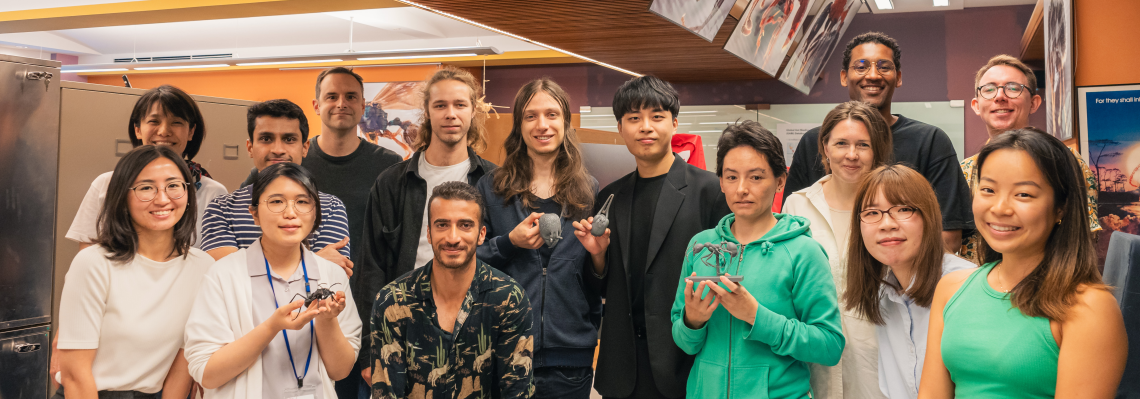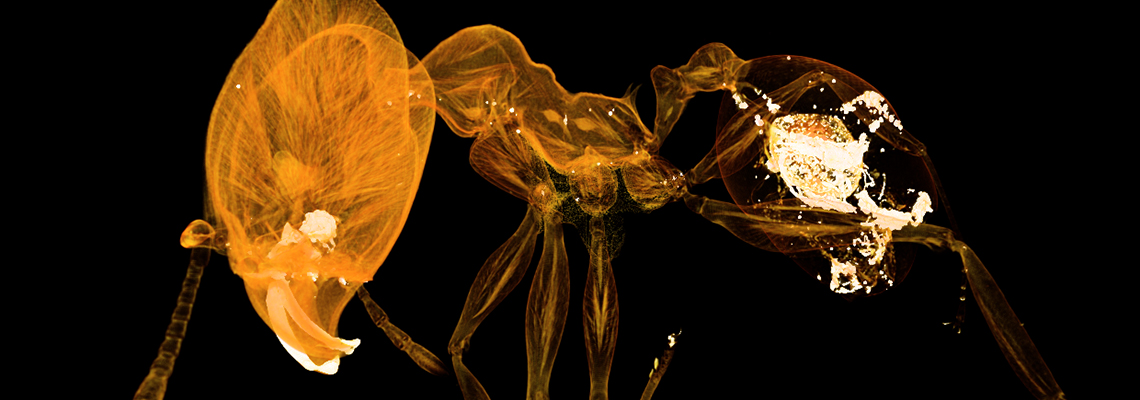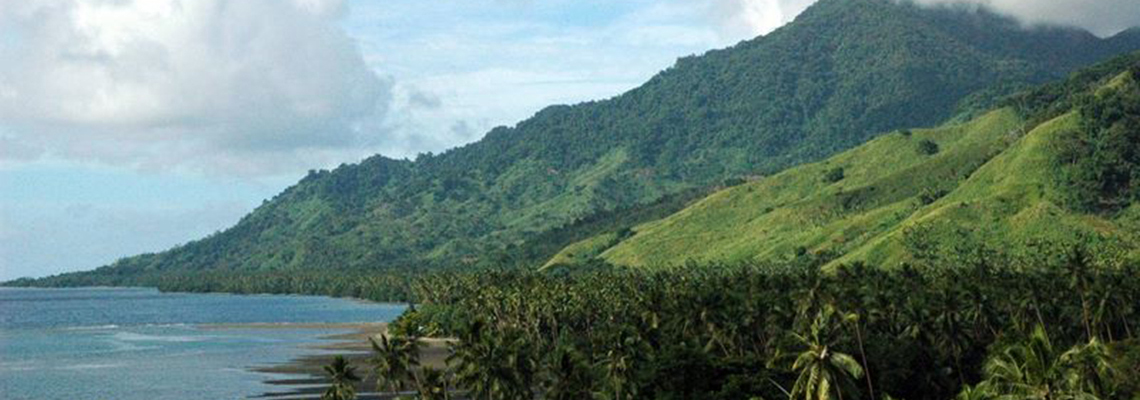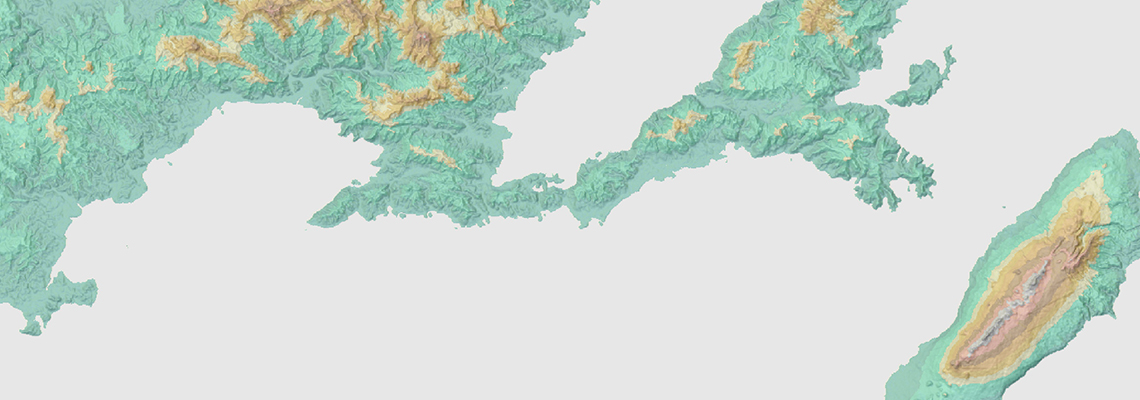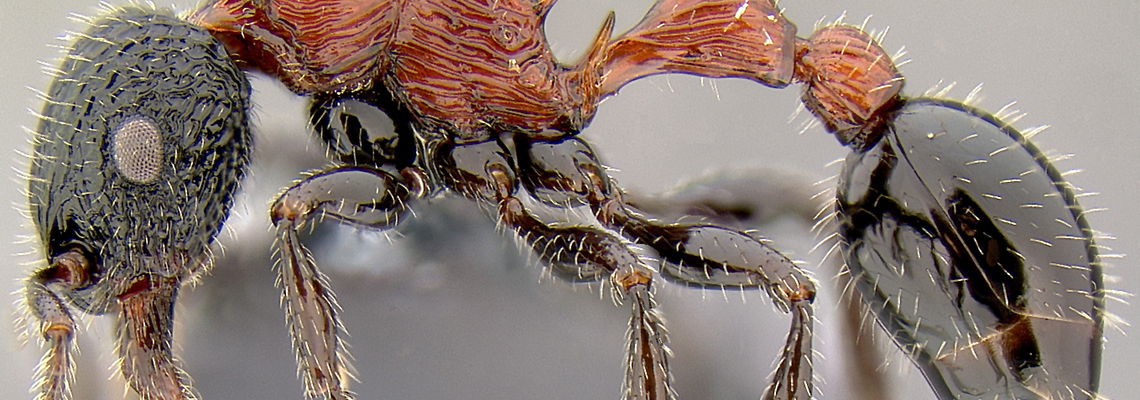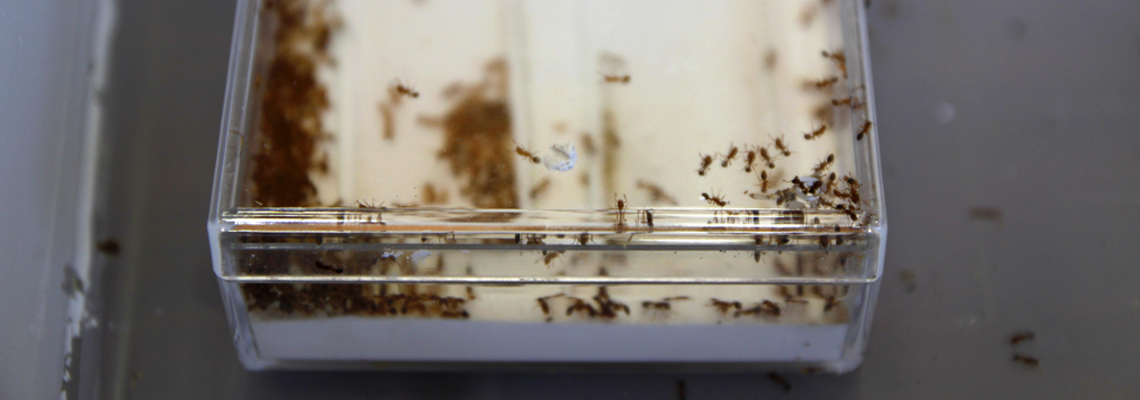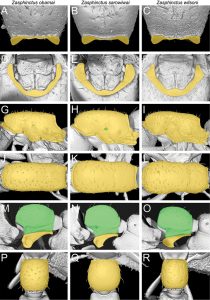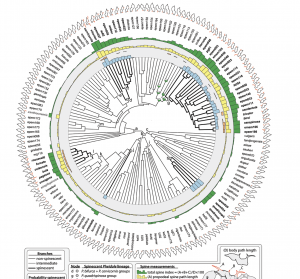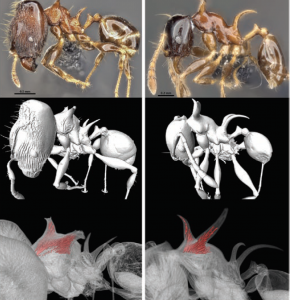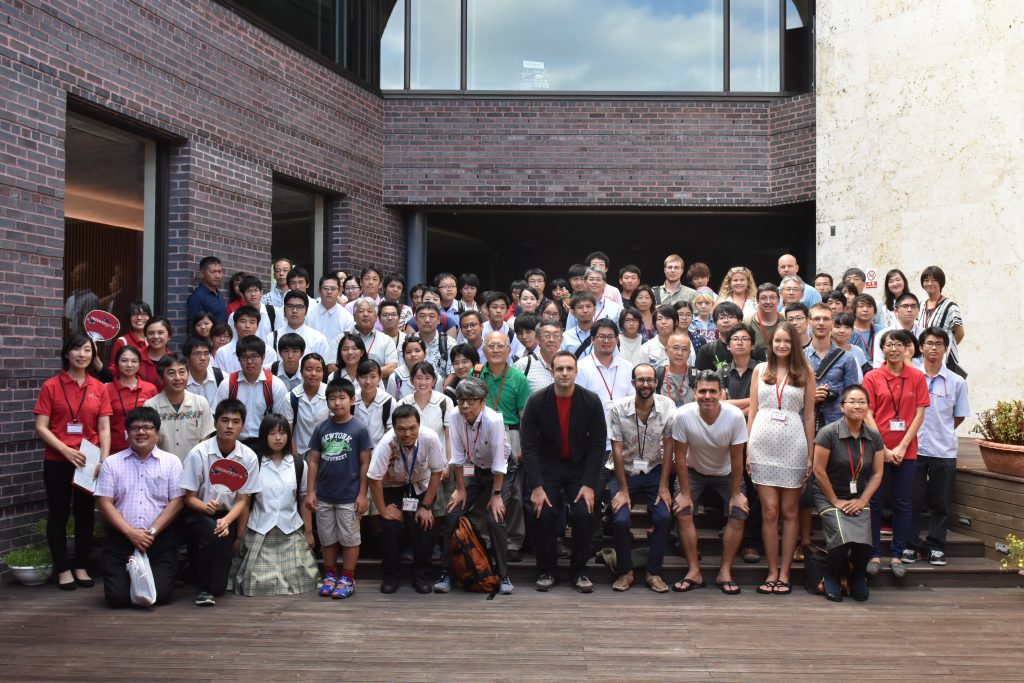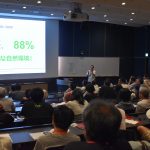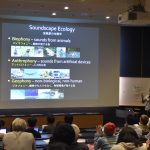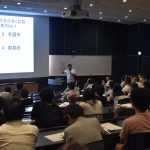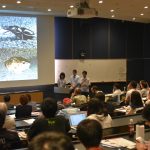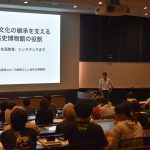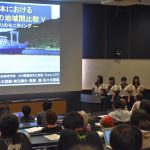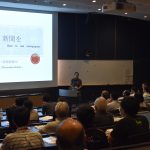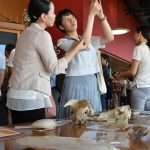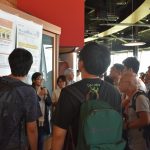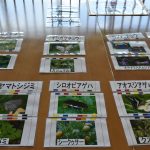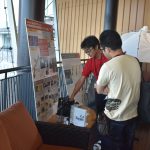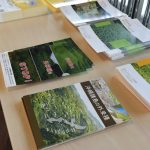
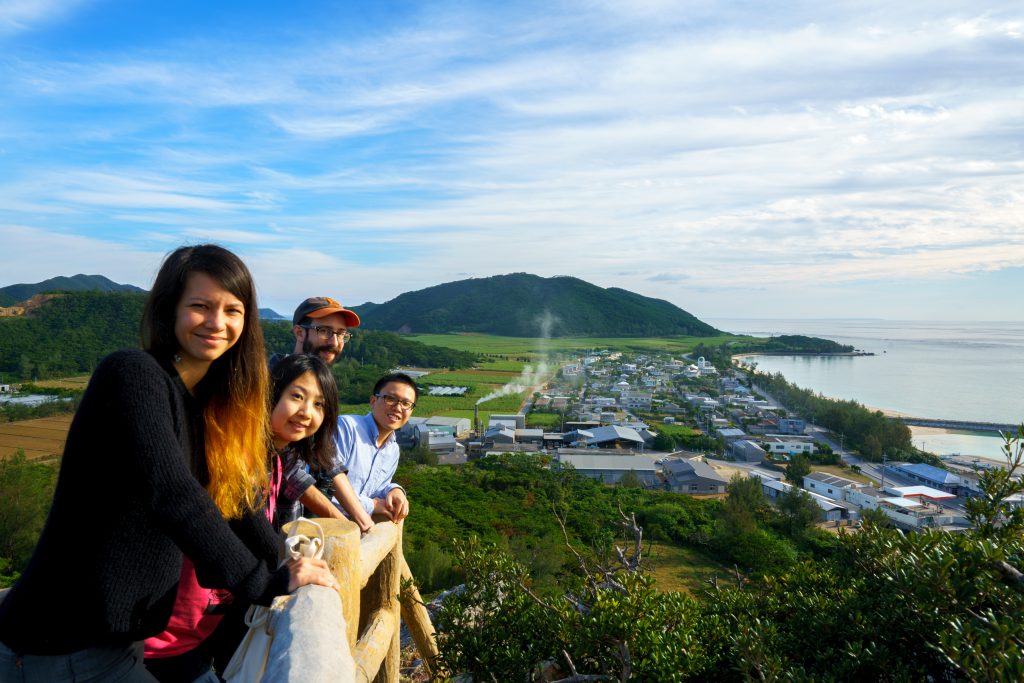
Our lab decided to take a trip to Iheya island the second week of December 2017, in order to explore different parts of Okinawa, but also to celebrate the end of Cong’s PhD defense and Yuka’s proposal defense.
The island is full of goats and sculptures made from marine debris. We also visited a cave, a beach, hiked to the top of a small mountain, and had some good food and drinks.

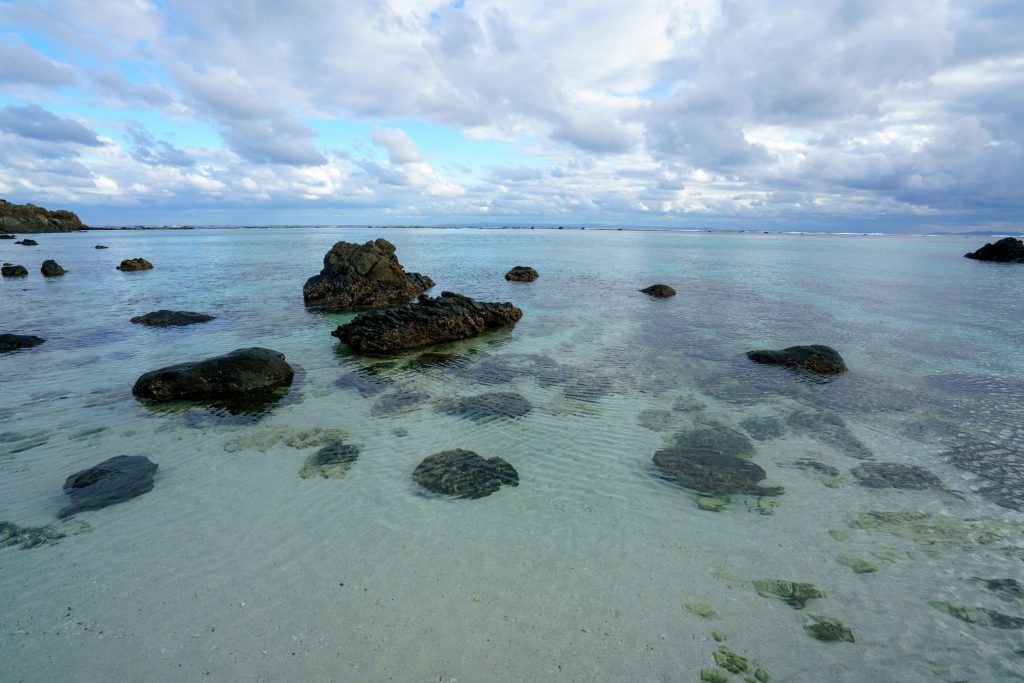

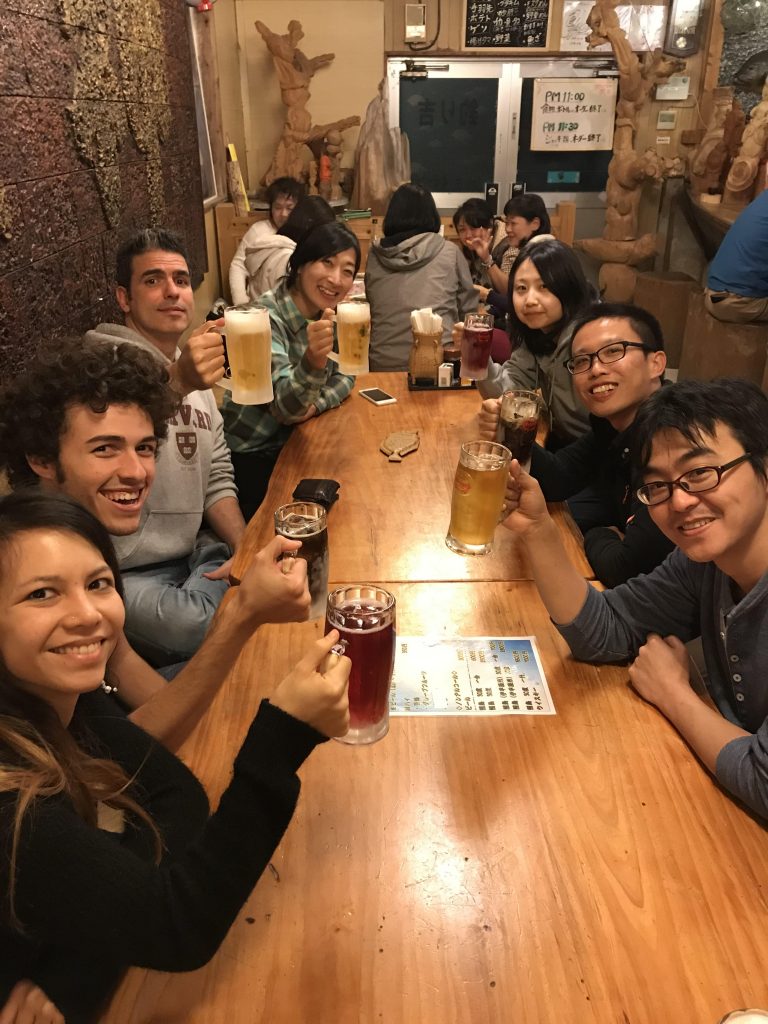
Nick (our post-doc who does a lot of research on acoustics and birds) also did some bird watching on the island, and below is a list of birds he saw on Iheya:
Eurasian Teal
Suzume
Hiyodori
Chinese Turtle Dove
Japanese Bush Warbler
Pale Thrush
Blue Rock Thrush
Japanese White-eye
Grey faced Buzzard
Japanese Sparrowhawk
Japanese Wood Pigeon
Little Grebe
Great grey egret
Osprey
Little egret
Pacific Swallow
Intermediate Egret
Zitting Cisticola
Daurian Redstart
Tufted Duck
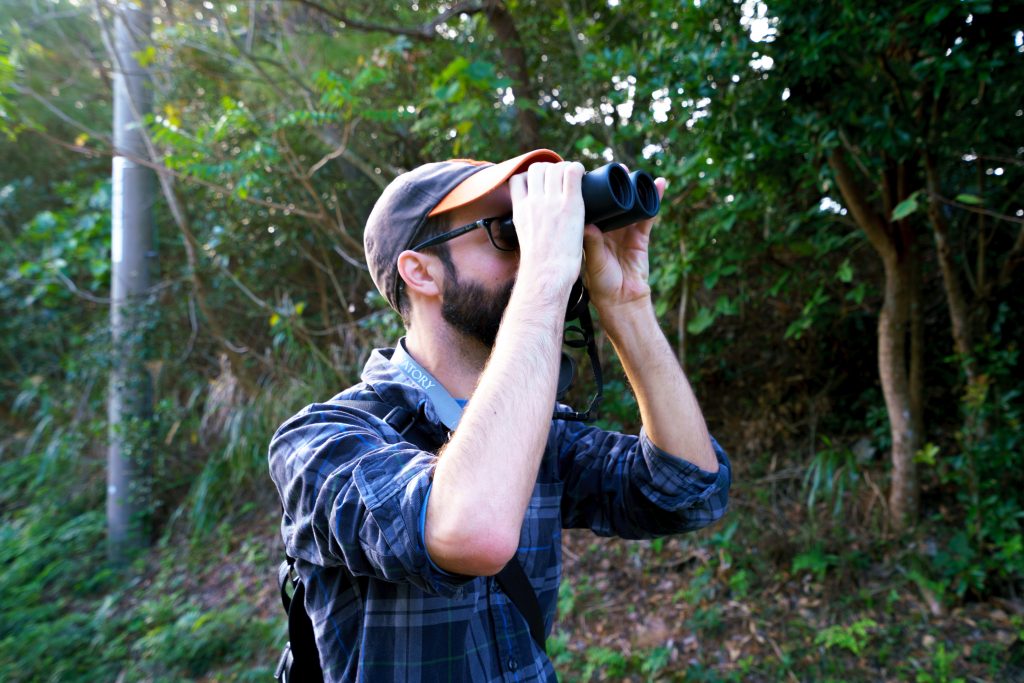

Apart from bird watching, Takuma (our technician leading the field team who is a great taxonomist) also collected insects during our hike.
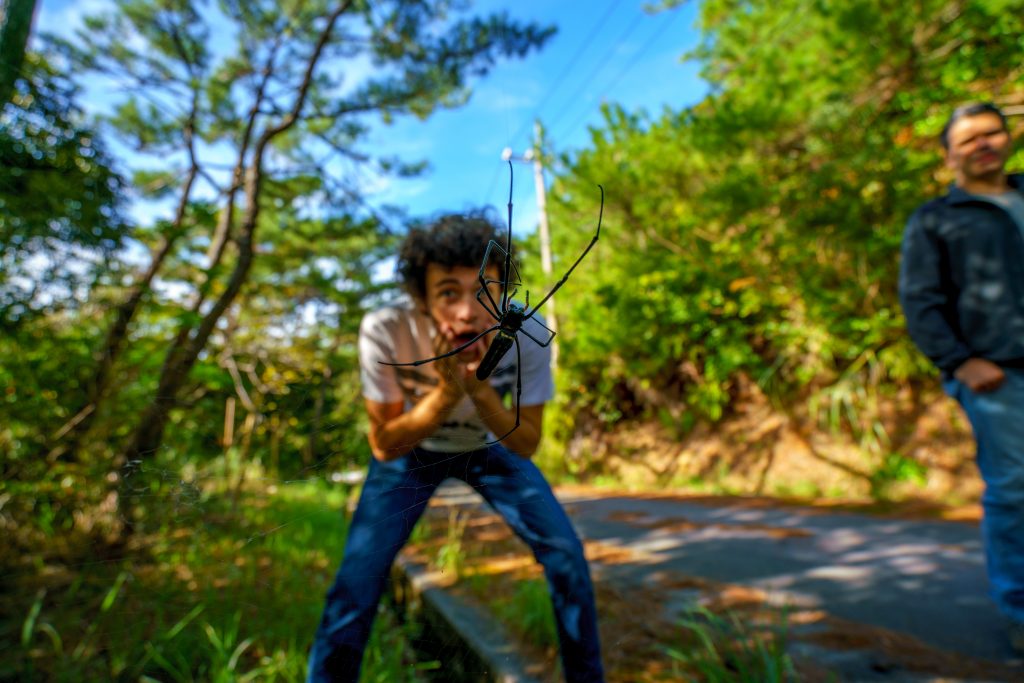
Until next time, Iheya!
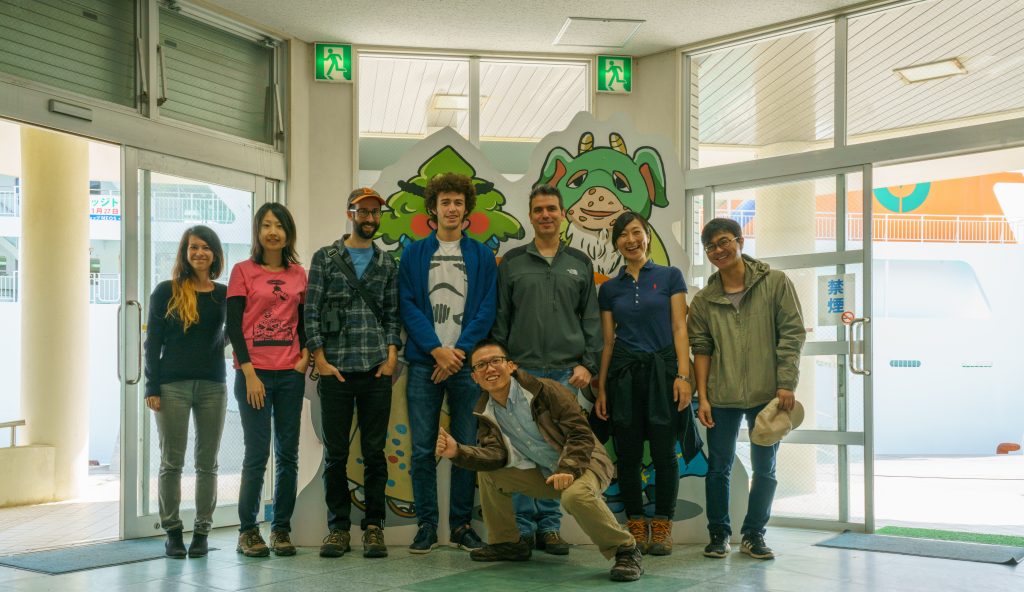
(Most images taken by Cong Liu)

